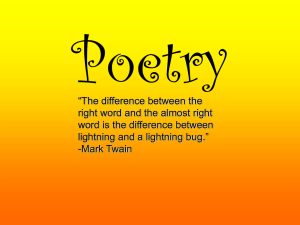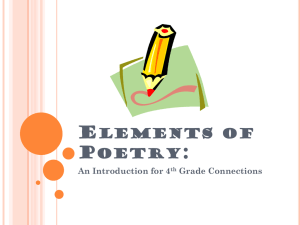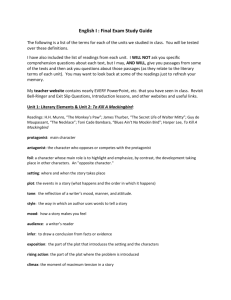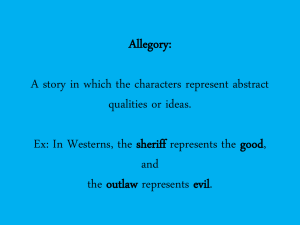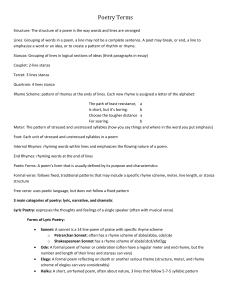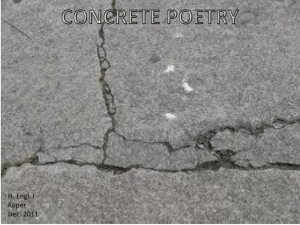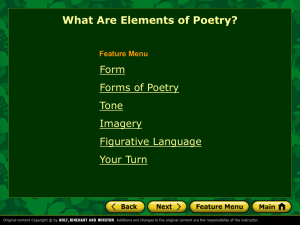Emily Dickinson
advertisement
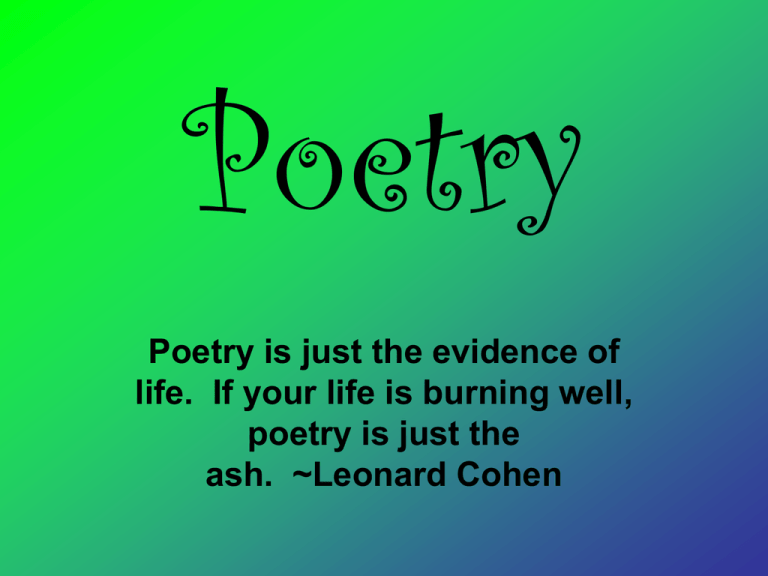
Poetry Poetry is just the evidence of life. If your life is burning well, poetry is just the ash. ~Leonard Cohen Let’s Explore Connotation! What is the dictionary or denotative meaning of the word “loser”? What does the word “loser” imply connotatively? What is the dictionary or denotative meaning of the word “gifted.” What is the connotation of the word? Who Is the Poet? Identifying the VOICE, or literary personality, and TONE of the poet is very important in understanding his message. The TONE is the author’s attitude about the subject and can be determined by the words, phrases, and images he uses. TONE is expressed in emotions, such as angry, joyful, sad, etc. Note: Often a poet’s TONE shifts or changes through the poem Ink runs from the corners of my mouth There is no happiness like mine. I have been eating poetry. ~Mark Strand Tone writer's attitude toward the material and/or readers. Tone may be playful, formal, intimate, angry, serious, ironic, outraged, baffled, tender, serene, depressed, etc. * “Apparently with no Surprise” Apparently with no surprise To any happy Flower The Frost beheads it at its play – In accidental power – The Blonde Assassin passes on – The Sun proceeds unmoved To measure off another Day For an Approving God. ~ Emily Dickinson Apostrophe A poetry technique where the writer addresses an inanimate object, an idea, or a person who is either dead or absent. Poetic Forms Stanza: unit of a poem often repeated in the same form throughout a poem; a unit of poetic lines ("verse paragraph") Free verse: lines with no prescribed pattern or structure Couplet: a pair of lines, usually rhymed “Heart! We will forget him!” by Emily Dickinson Heart! We will forget him! You and I – tonight! You may forget the warmth he gave – I will forget the light! When you have done, pray tell me That I may straight begin! haste! Lest while you’re lagging I remember him! Rhythm The alternation of stressed and unstressed syllables . Writers use rhyme, repetition, pauses, punctuation marks, pauses, and variations in line length or word length to effect the rhythm. Rhyme Scheme Pattern of rhymes in a poem. Rhyme scheme is usually referred to by letters representing the rhyming words, so that one can refer to an abab rhyme scheme. Example: Roses are red, Violets are blue, Sugar is sweet And so are you! a b c b Internal Rhyme: Rhyme that occurs within a line of poetry or within consecutive lines. “Once upon a midnight dreary, while I pondered, weak and weary,… Ah distinctly I remember it was in the bleak December…” “The Raven” Tell it Slant Slant Rhyme- occurs when words include sounds that are similar but not identical. (Jackal and buckle) Involves a variation of consonance and assonance. “A Dream Deferred” by Langston Hughes What happens to a dream deferred? Does it dry up Like a raisin in the sun? Or fester like a sore ---And then run? Does it stink like rotten meat? Or crust and sugar over --Like a syrupy sweet? Maybe it just sags Like a heavy load. Or does it explode? Types of Poems Ballad: A poem that uses simple language and a great deal of repetition to tell a sensational story of tragedy or adventure. Lyric Poem: A poem that expresses a writer’s thoughts and feelings on a given subject. Narrative Poem: A poem that tells a story or relays a sequence of related events.


